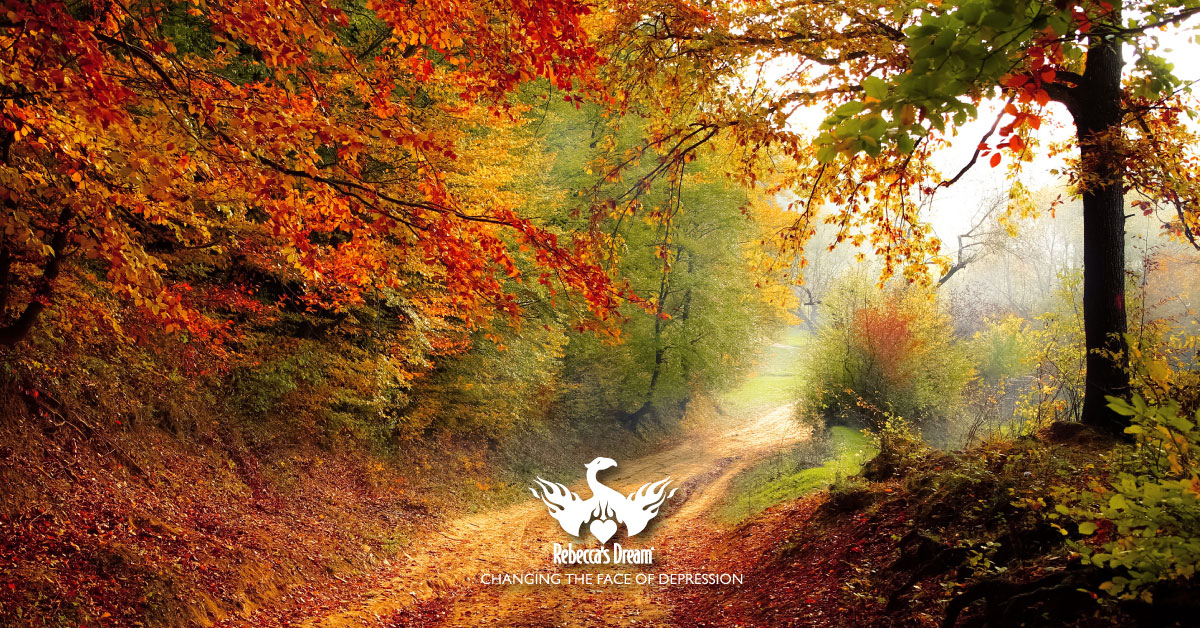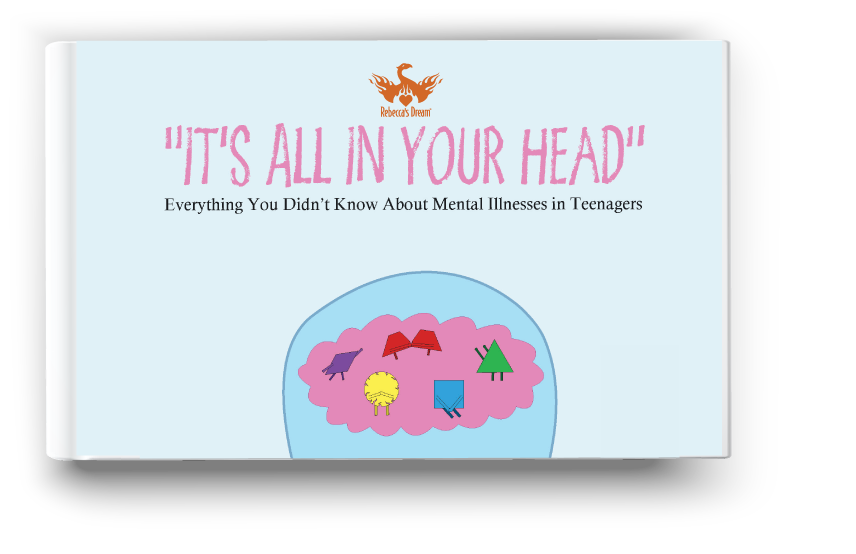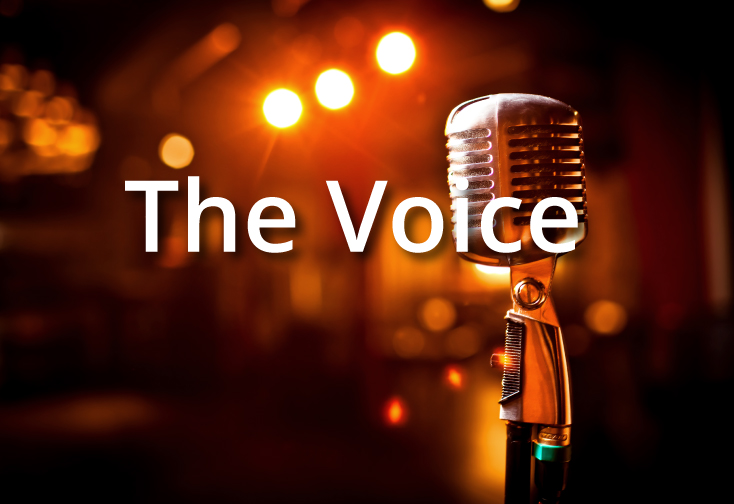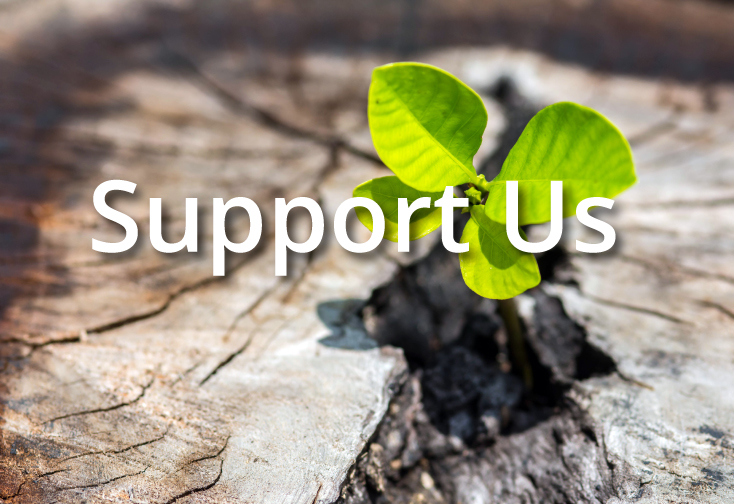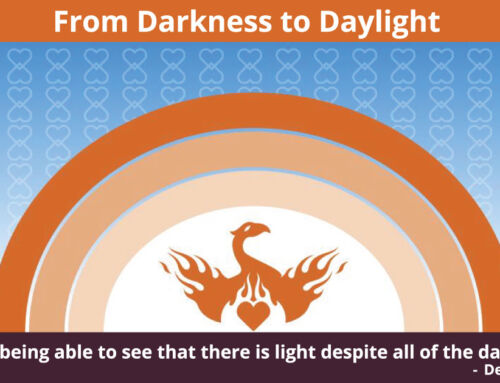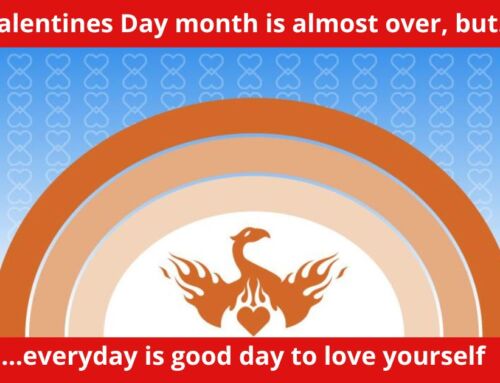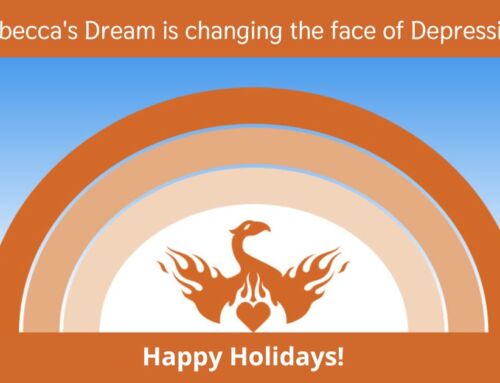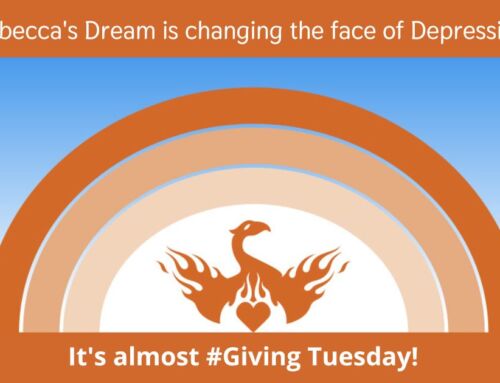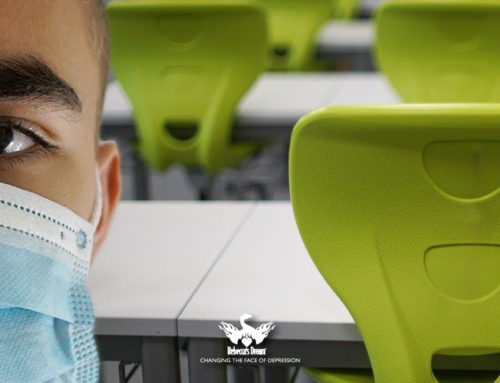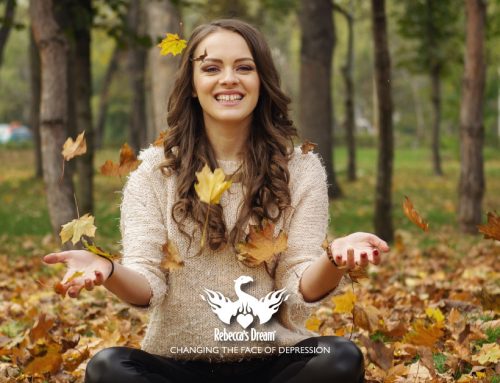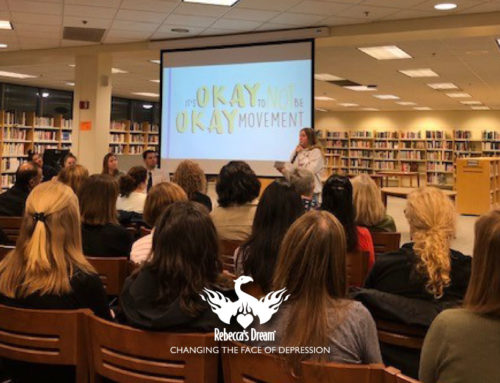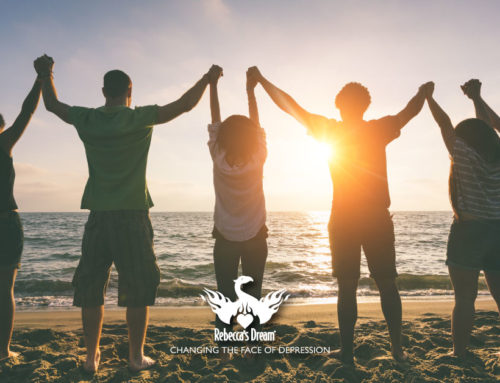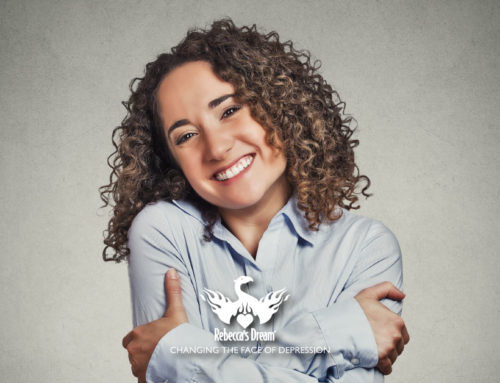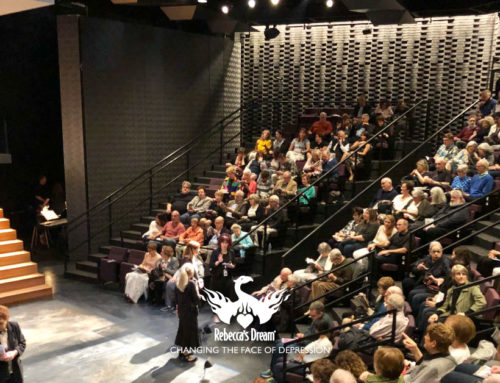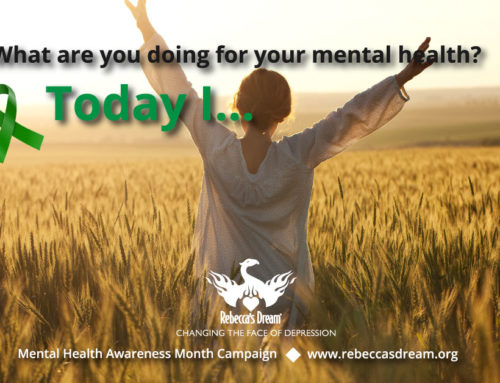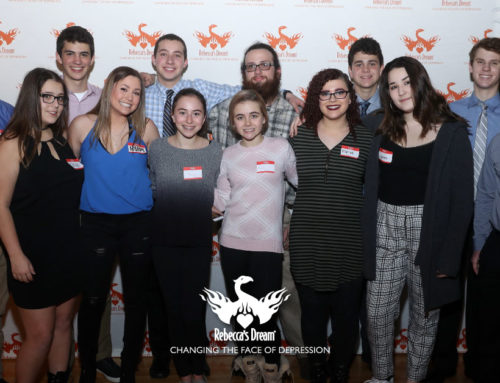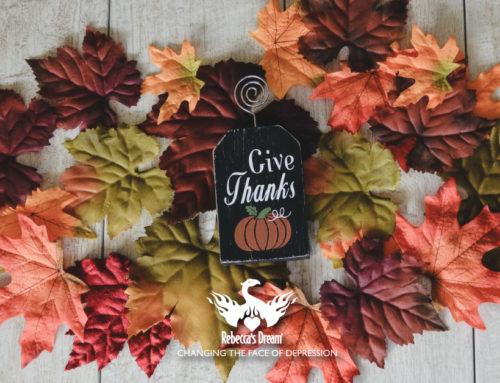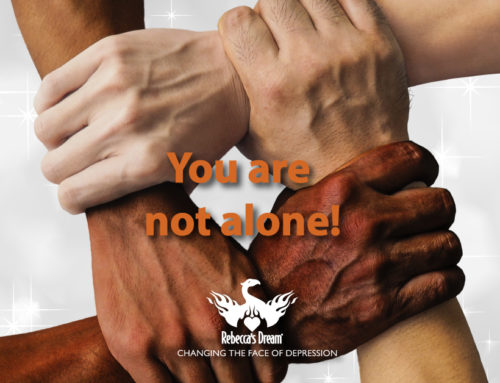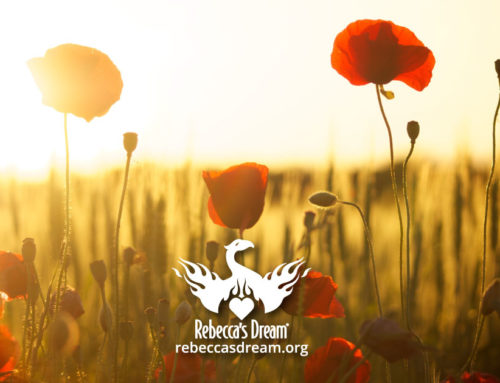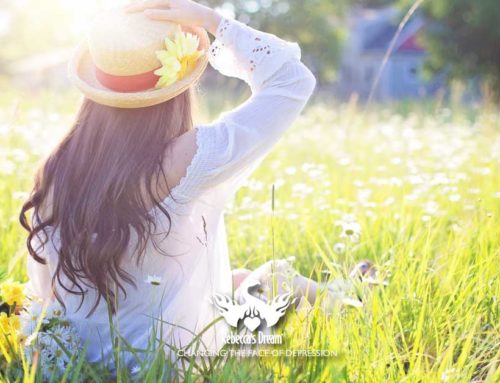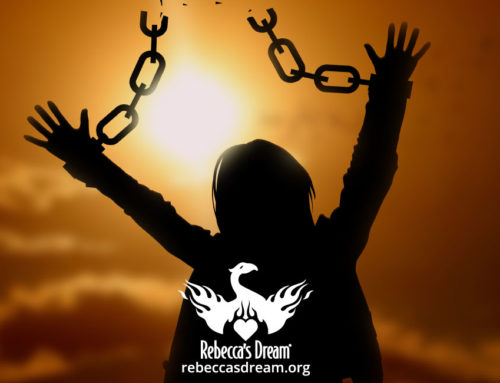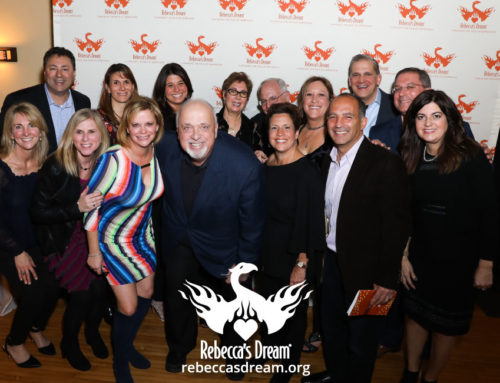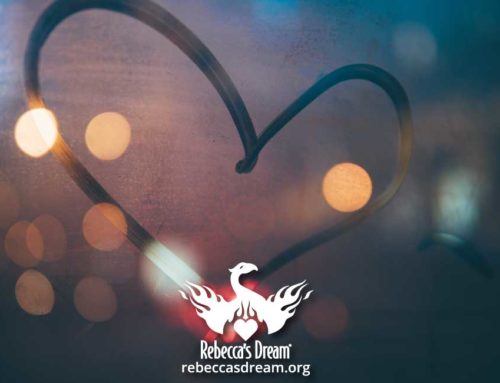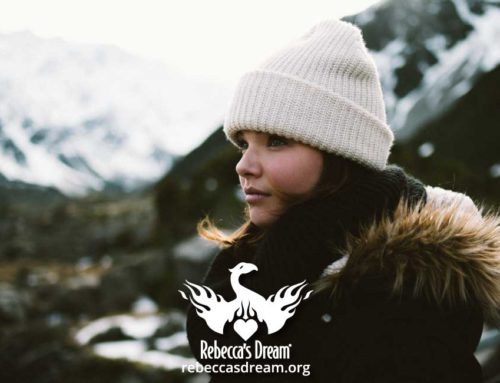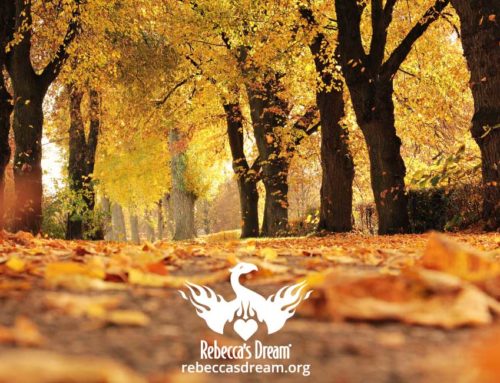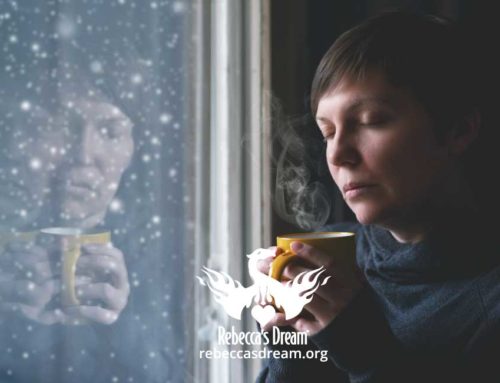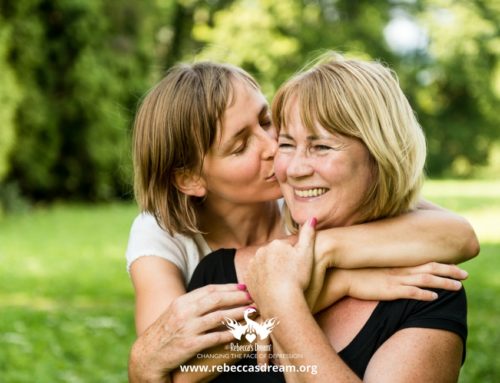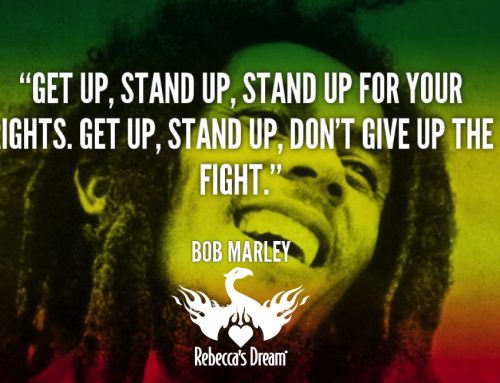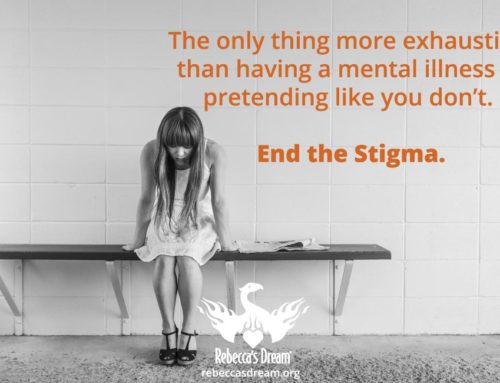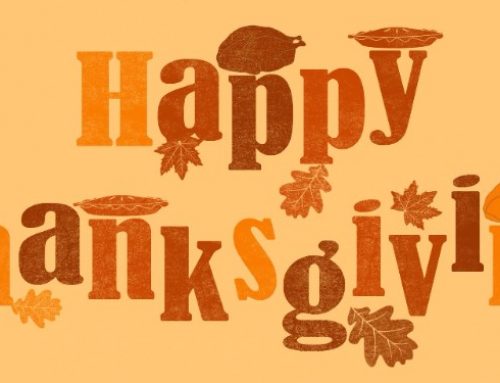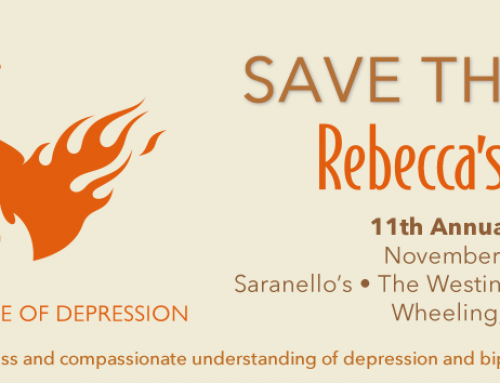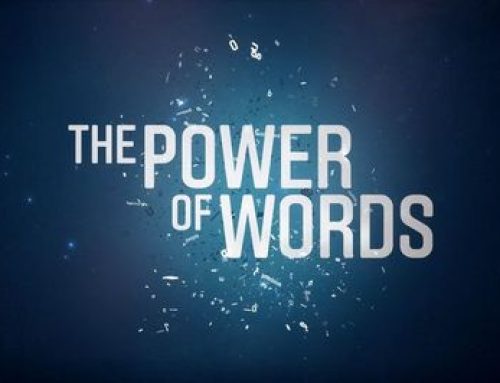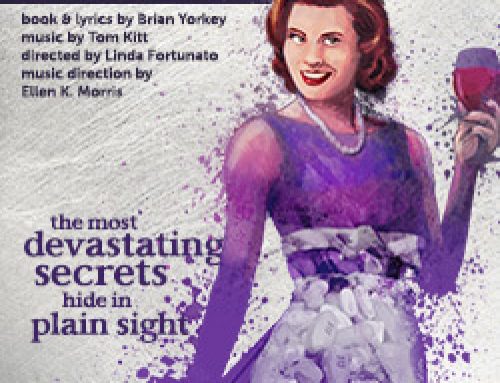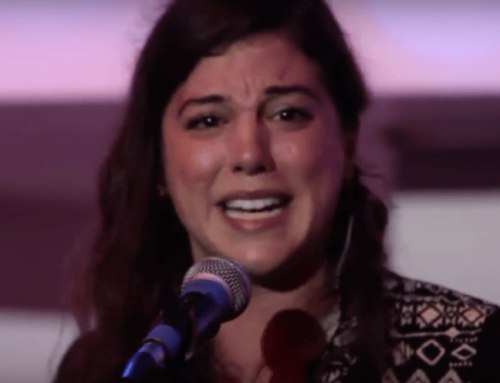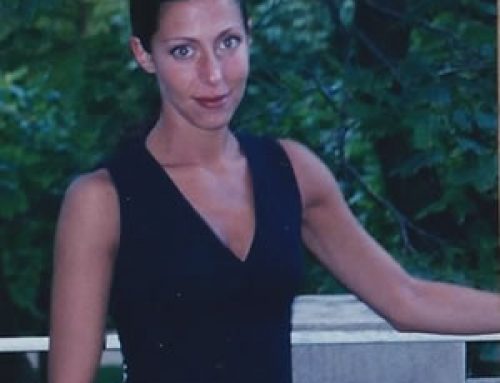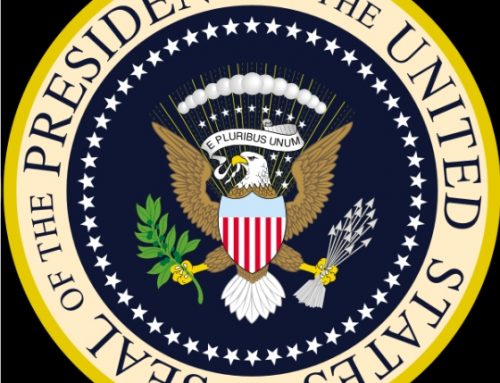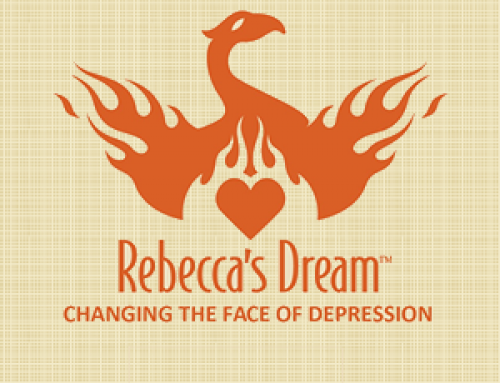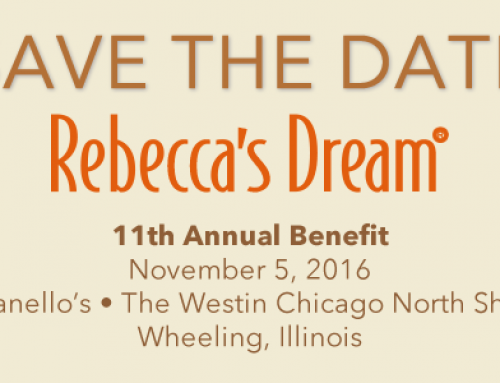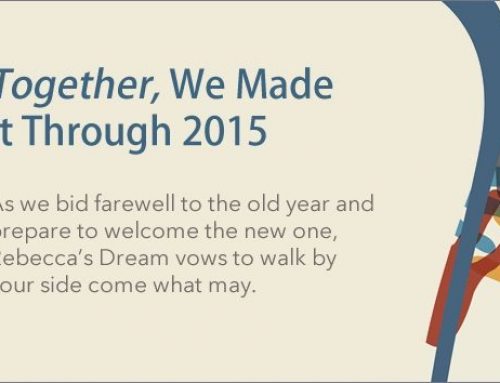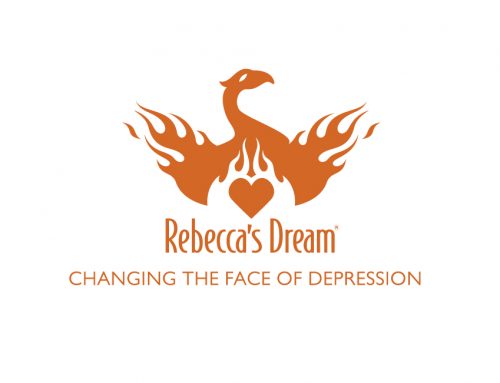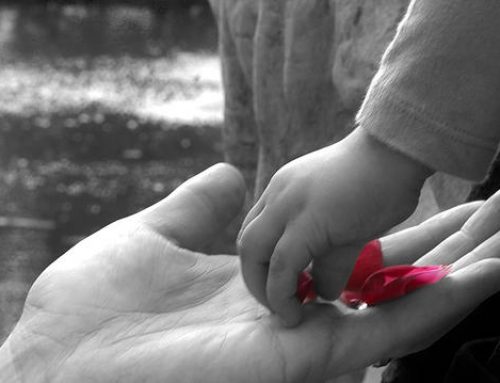Greetings from Stanford R. Slovin ~ Acting President of Rebecca’s Dream
My sincere thanks for your time, support, effort, care and love for Rebecca’s Dream. The Board of Directors and I appreciate your commitment to help those in need of our efforts toward Changing the Face of Depression.
As Acting President, I plan to continue the legacy of Brett Cutler’s leadership. Brett has been instrumental in the continuing growth and development of his sister’s dream. Not only do we wish Brett good luck in his new endeavors, we also look forward to his continued support of the Foundation began by his family.
Thank you, Brett.
My vision for Rebecca’s Dream includes the ongoing goal to bring our messaging to both local and global audiences through multiple connections, including: face to face, social media, branding, events, programming, donations, website, webinars, pod casts, videos, and much more. RD is committed to Promoting Awareness and Compassionate Understanding of Depression and Bipolar Disorder as Real Diseases.
2019 will be a year filled with programming and special events. This newsletter will introduce you to many of Rebecca’s Dream’s upcoming events. Please mark your calendar and follow Rebecca’s Dream for additional information.
Since the beginning of Rebecca’s Dream in 2005, the Cutler Family and Board of Directors has taught us, shared with us and inspired us to strive toward compassionate understanding and help for those living with depression and bipolar disease and their families. With understanding comes compassion. With compassion comes support and reduction of the still present stigma of mental illnesses.
Your commitment and your desire to be part of Rebecca’s Dream is greatly appreciated.
We thank you! Together, we are making a difference.
With warm regards,
Stan Slovin
“It’s all in your Head”
Author and illustrator Marlee F. Is a teen living successfully with depression. As Marlee struggled to understand her thoughts, feelings and moods she created “It’s all in your head.” Marlee’s passion became helping teens easily understand they are not alone during difficult mental health challenges ~ help she wishes she had during her early years of confusion and shame.
Mental disorders don’t discriminate.
One in five teens are affected by some form of disorder severe enough to impact their daily lives.
However, with professional help and self-care most teens feel better within 4-6 weeks.
“Patience child, patience. Remember, life is a journey. If you got everything you wanted all at once there’d be no point to living. Enjoy the ride, and in the end you’ll see these “setbacks” as giant leaps forward, only you couldn’t see the bigger picture in the moment. Remain calm, all is within reach; all you have to do is show up every day, stay true to your path and you will surely find the treasure you seek.”
-Jackson Kiddard, Author and Polymath
UPCOMING EVENTS
Hospitals are finally stepping up awareness and reduction of stigma.
Whether it’s your teenage niece who suffers from crippling anxiety, your elderly neighbor who has bouts of depression and suicidal thoughts, or a co-worker who struggles with addiction, mental illness often goes undiagnosed and affects everyone in our community. Most people suffer in silence for years before seeking treatment, because they fear they’ll be judged or ridiculed.
At NorthShore University HealthSystem (NorthShore), we are committed to help those suffering with mental illness. We’re working to better identify those who need care, provide improved access to services, and enhance the quality and scope of interventions.
With the help of our community of donors, NorthShore is reinventing the delivery of accessible, high-quality behavioral healthcare through the Psychiatric Urgent Care Program. We are working to minimize wait times and provide direct, immediate and effective emergency interventions. We are building a multidisciplinary team that will address immediate crisis-level situations and work to stabilize the patient.

SEASONAL AFFECTIVE DISORDER
Shedding Light on an Effective Treatment for Depression
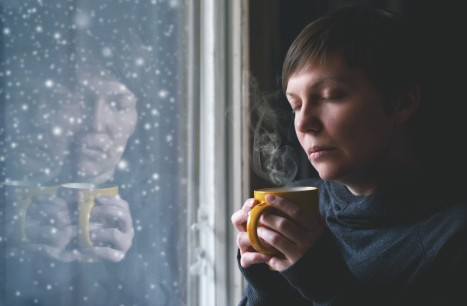 The diagnosis of Seasonal Affective Disorder was first recognized almost 30 years ago when researchers at the National Institute of Mental Health identified patients who experienced regular fall/winter depressions and either full improvements or hypomania during the spring and summer. In tandem with this diagnostic discovery, it was found that bright light therapy, administered with a high intensity light box, generated rapid and often complete elimination of these seasonally-linked depressive symptoms. The era of light therapy was born.
The diagnosis of Seasonal Affective Disorder was first recognized almost 30 years ago when researchers at the National Institute of Mental Health identified patients who experienced regular fall/winter depressions and either full improvements or hypomania during the spring and summer. In tandem with this diagnostic discovery, it was found that bright light therapy, administered with a high intensity light box, generated rapid and often complete elimination of these seasonally-linked depressive symptoms. The era of light therapy was born.
Since these initial investigations, dozens of studies have been conducted that have verified the original observations, clarified how and when to best use light, and determined the optimal types of light to use. This subsequent research has confirmed that bright light therapy is a first line treatment for Seasonal Affective Disorder, being equally effective as antidepressant medication. It has also been found that bright light therapy is effective for non-seasonal depression, again producing equivalent results to that of antidepressants. Light therapy has two additional advantages over medication: it generally acts more quickly, typically producing improvements within one to two weeks. Second, it is safer, avoiding most of the side effects that go along with orally administered, systemic medications.
The most recent wave of light therapy research has examined its use in special groups of depressive patients: the elderly, pregnant women, and those with bipolar depression. In each case, very promising initial results have been found.
A note of caution: light therapy is not a treatment to be considered casually. It is a powerful biological intervention that can cause serious mood and other side-effects if not administered correctly. Do not simply go out, buy and plug in the cheapest light box you can find. As with any treatment, find a competent clinician who can conduct a thorough evaluation, decide if light therapy is appropriate and, if so, provide counsel on the right light box to use, the correct methods and the optimal timing and duration. The Center for Environmental Therapeutics has a wonderful website, www.cet.org, that provides a complete overview of light-based and other non-pharmacologic treatments for depression.
At this point, bright light therapy is an established antidepressant option for both seasonal and non-seasonal depression and a logical choice for those who cannot tolerate or those who prefer not to use medication. It is an easy-to-use, home-based treatment that can be utilized on its own or in combination with pharmacotherapy. When considering antidepressant treatments, make sure light therapy is given a place at the table.
John F. Gottlieb, M.D.
—Rebecca’s Dream Scientific Advisory Board
Rebecca’s Dream College 2019 Scholarships in memory of Dr. Harlan Haimes
Rebecca’s Dream is a 501(c)3 Foundation, committed to serving the community by promoting awareness and compassionate understanding of depression and bipolar disorder as real diseases. The Rebecca’s Dream Scholarships are an opportunity for high school senior students to address the serious issue of stigma associated with mental illness.
Three applicants will be awarded a $1,500 scholarship each.

Tips & Tools
In Honor of World Mental Health Week
Ten things you can do for your mental health:
Source: University Health Service University of Michigan
Featured Book
Mark your Calendar for May 2019
Mental Health Equality Take a Stand/Walk
Rebecca’s Dream and Mental Health Association of Greater Chicago have partnered to engage people everywhere to TAKE A STAND and help us:
- Erase the stigma and bring equality to mental health awareness
- Spread the message that mental illness is a real disease
- Eradicate and educate on issues surrounding suicide


